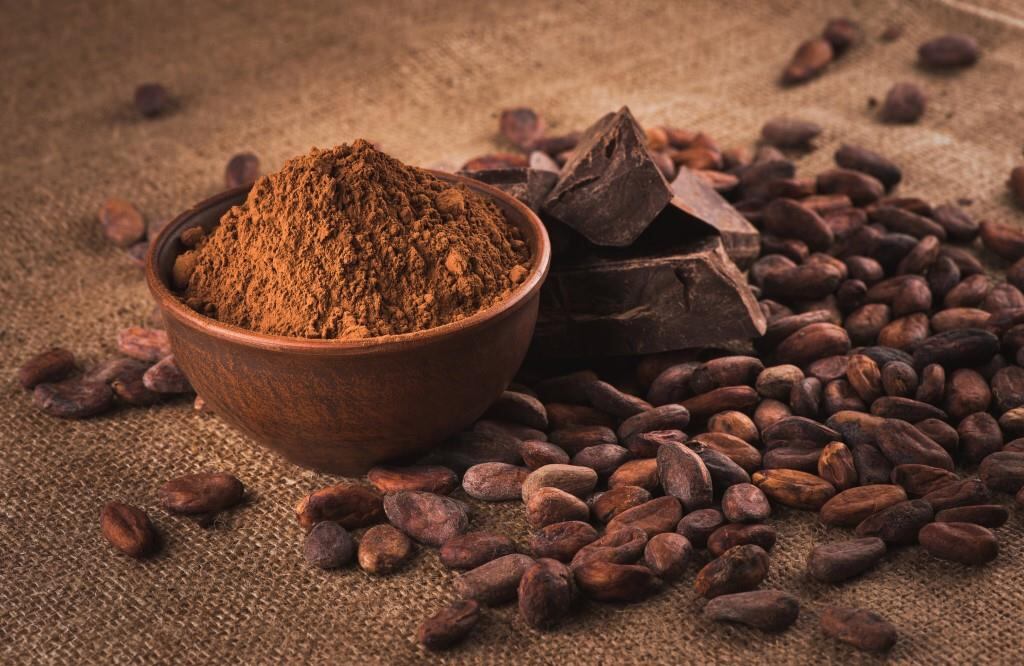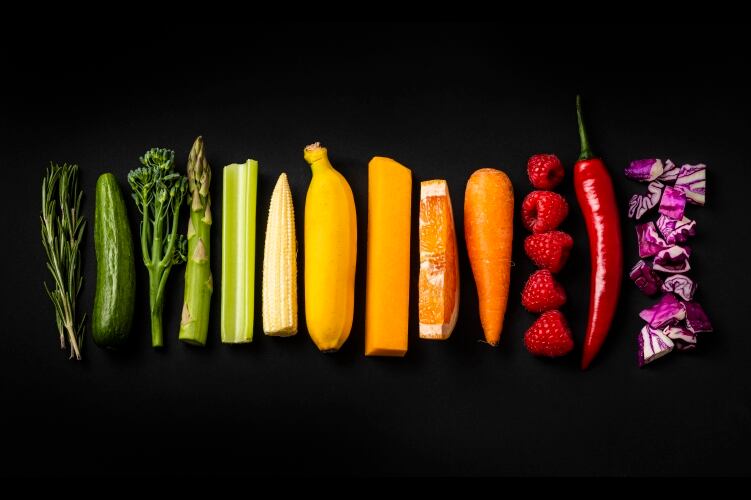Christopher Stewart, Global Head of Corporate Responsibility and Sustainability at Olam Food Ingredients (ofi), told ConfectioneryNews environmental sustainability is increasingly high on the agenda across industry.
"The extreme weather events of 2021 have shown the urgency of action to protect our planet. It’s also brought climate and sustainability issues to the front of consumers’ minds. We’re seeing more and more consumers taking an interest in where their food has come from and the impact it has had in the process. People are looking for food products that can tell a positive story, both in terms of their environmental impact, and the impact on the farmers and farming communities who have helped produce it. The ultimate goal has to be sustainable innovation: coming up with products that are nutritious, delicious and sustainable. All of this is summed up through our new corporate purpose ‘To be the change for good food and a healthy future’," he said.
ofi's 2022 cocoa trends include the following:
1. Putting planet on pack
2021 has seen climate change issues placed centre stage. Consumers growing more concerned about the planet will favour brands who can point to the environmental benefits of their products. As a result, we’ll see brands providing greater transparency in carbon and environmental labelling. This year, ofi launched its first cocoa ingredient to disclose its carbon and water footprint on pack: deZaan Quito Oro Cocoa Mass Drops. We’re also taking steps to reduce our carbon footprint, from training farmers in climate-smart agriculture to investing in renewable energy in our global processing facilities.
Stewart said: "The challenges that we are facing are huge, but we are making progress. In addition to our long-standing corporate sustainability ethos, we’re also focusing on specific targets to address supply chain challenges so that we can offer our customers choices that build a better world. In September, our Russian dairy business published goals including a carbon reduction target of 50% per litre of milk by 2030 and carbon net zero dairy by 2050. And following on from the launch of our Cashew Trail sustainability strategy in June, at the end of last year we launched our first formal goals and targets for hazelnuts. That will be closely followed by targets for almonds and spices in 2022 and we’ll also be updating on the progress made on our Cocoa Compass and Coffee LENS targets."
2. Amplified taste experiences
Many consumers have spent much of 2021 stuck at home in lockdowns and are looking for adventure and excitement in their food and beverage experiences. As we head into 2022, we expect this will be channelled through exotic flavour choices. That will make spices as a big hitter next year when it comes to flavour. At the new ofi innovation centre in Chicago, we’re working closely with customers, experimenting with flavour blends from spiced brownies, seasoned with chai, to snack bars combining cocoa and spice flavours.
3. Premium prevails
Premium products and flavours have seen significant growth, particularly in the Asian market, and we expect this trend to continue as consumers become wealthier and seek out indulgence and quality. As well as focusing on rich, high-quality taste, derived from cocoa powders and butters, manufacturers will also continue to play with textures such as cocoa nibs to enhance product value and make them stand out from the crowd.
4. Back to the source
The past year has seen consumers prioritizing more fresh and local ingredients as they spend more time at home. With this newfound consciousness of where their food comes from and its environmental impact, we’ll see consumers becoming increasingly focused on authenticity and traceability, wanting to understand exactly where a product has been sourced from. Single origin cocoa ingredients will help appeal to these customer values. We have achieved 100% traceability of our directly sourced cocoa across our global supply chain, meaning we can now track approximately 12% of the world’s cocoa beans back to an individual farm or community.
5. Ingredients that go further
Immunity and health are high up on the consumer agenda, meaning functional ingredients that provide additional health benefits such as protein, fibre, pre-biotics and pro-biotics will see growing interest. Far from just being ‘free from’, we’ll see confectionery and snack products evolving to provide consumers with more health benefits, from plant-based snack bars that also feature immunity-boosting herbs and spices, to gluten and dairy free treats that add in fibre and probiotics.
To sum up, Stewart said: "The most successful companies will be those that can harness data to gain insights into their supply chain. Through our award-winning sustainability insights platform AtSource, we are able to offer customers deep insights into how to create an impact. As a result, we are increasingly helping our customers to fast track their journey to net zero by rolling out programs with farmers on the ground that reduce carbon emissions whilst providing a better income.”



